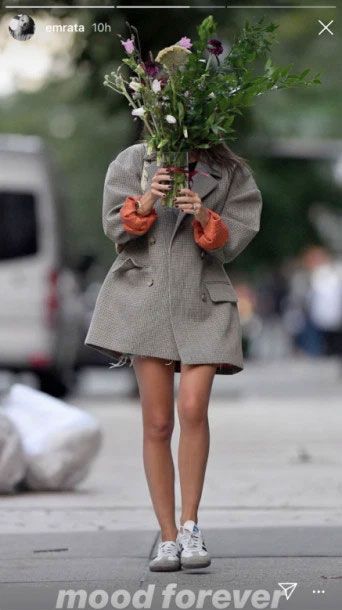TW: Sexual Assault.
Photographer Jonathan Leder has recently been accused by model and actress Emily Ratajkowski of sexual assault on a shoot in 2012, in her op-ed New York magazine piece “Buying Myself Back”. At this shoot, Leder took some of the most graphic and sexualised images Ratajkowski has ever posed for during her time as a model. I’d posture that anyone who reads her account of that night would be hard pressed to deny the legitimacy of her claims, especially considering the personal and professional risks she has taken to pen such content.
If you haven’t yet read Emily’s brilliant article, I suggest you do so. Her words do her own story far more justice than mine ever could, and my intent is not to abbreviate or summarise such an eloquent piece. Instead, I’d like to delve a little deeper into the deeply misogynistic manner in which, as a society, we have become accustomed to treating models. Whilst we are not personally responsible for the actions of Jonathan Leder, our voyeuristic and consumerist reactions to Emily’s work as a model demands to be examined.

Ratajkowski’s fame exploded after she landed a prominent role in Robin Thicke’s ‘Blurred Lines’ music video in 2013. Since, she has become used to a consistent barrage of attention from the paparazzi, describing being “accustomed to large men appearing suddenly between cars or jumping out from behind corners, with glassy black holes where their faces should be”. As with almost all other models, once photographed Ratajkowski’s body is no longer her own. Whilst artist’s like Richard Prince can freely mine her Instagram for images to use in their own artwork, Ratajkowski has in the past been sued for simply reposting an image that the paparazzi have taken of her. The incongruousness of this reality places models in vulnerable position when it comes to taking control of their image.

Let me present an alternative- if you consented to a previous partner taking sexualised pictures of your naked self, you’d likely be horrified if nearly a decade later those images resurfaced to the public eye. Yes- Ratajkowski did consent to having the pictures taken and published at the time, but she did not consent to them being periodically remonetized into exhibitions and publications of which she had no knowledge or creative control over. Whilst we adore and cavort Ratajkowski’s image (Leder’s book is currently sold out after multiple reprints and a Lower East Side exhibition of the images was wildly successful, despite appeals for a boycott from Ratajkowski herself), as a society we repeatedly fail to acknowledge that these photographs are not just for our consumption. Ratajkowski is a real person and deserves to have a say in the redistribution of her own image, as all models should.
Models are not objects or still lives to be captured, preserved, and then reproduced on a whim. If photographers wish for the privilege to work with real humans, they must learn how to treat them as such. Emily Ratajkowski should not have to “buy herself back”, because we should not live in a society that allows her image to be owned by anyone but herself.
Header image credit: Tina Tyrell, New York Magazine.

